The Spasmodic impulses in earth’s crust have disturbed the serenity of the mighty Himalaya as frequently as four times in a short span of 53 years from 1897-1950 when great earthquakes of Richter Magnitude ³ 8.00 devastatingly shook this loftiest mountain range. The Kangra Earthquake of 4th April 1905 (Mag. 8.0) taking a toll of 20,000 human lives and leveling about 1,00,000 houses is one of them. The monumental Memoir on this destructive event by C.S. Middlemiss of Geological Survey of India containing exhaustive data on damage patterns and isoseismals constrained using Rossi-Forel Intensity scale opened up exciting vistas for a number of new studies and fresh interpretations ranging widely in seismologic themes. The geological set up of the area worked out in greater details along with macroseismic studies of many damaging earthquakes, is perhaps, the encouraging factor for such attempts. In the century following the 1905-Kangra Earthquake the sciences of seismology and earthquake geology have made tremendous progress, and are incessantly in the process of advancement. The bibliographic volume on these subjects is, therefore, simply unquantifible. India subjected very so often to both, plate margin related and stable continent seismicity, has kept pace with this advancement, the Geological Survey of India being a major contributor. The announcement of the 3-day seminar to commemorate the centenary of Kangra Earthquake, as expected, evoked an enthusiastic response from earthquake scientists, development planners and executors, administrators, etc. not only from India but from abroad too. Flooded with technical contributions, the organizers have made strenuous efforts for selecting them to accommodate in limited time frame. The key-note addresses and technical presentations of the seminar cover wide range of themes varying from seismotectonics of the region, field surveys of damaging earthquakes, instrumentation studies, monitoring and networking to societal concerns. The selected deliberations in the form of 34 full papers and 11 abstracts, have been included in the present volume. The field excursion as a part of the Seminar schedule is having an itinerary which besides giving close look into cultural and architectural grandeur of Kangra Valley, will take the participants where vestiges of the destructive fury of the century old earthquake are still preserved in old structures and monuments. In addition, it will give an overview of Cenozoic sequence of Kangra Valley criss-crossed and bounded by well defined tectonic discontinuities many of which provide convincing morphologic evidences of neotectonic movements, some of which are seismogenic and some get diluted as aseismic creep. The outcomes of deliberations in the seminar are expected to be effectively used in developing a comprehensive programme for reducing seismic risk by planning safer landuse through interdisciplinary efforts, enforcing structural design standards and most importantly by arousing public awareness.
Contributions to Kangra Earthquake Centenary Seminar – 2005
In stock
Free & Quick Delivery Worldwide
reviews
Bibliographic information
Title
Contributions to Kangra Earthquake Centenary Seminar – 2005
Author
Edition
1st ed.
Publisher
Length
viii+340p., Plates; Figures; Maps; Tables; References; 27cm.
Subjects

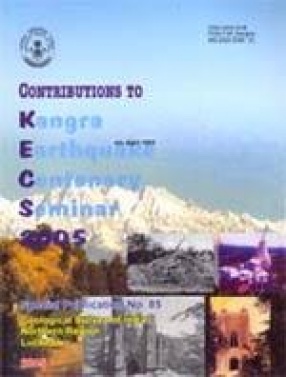
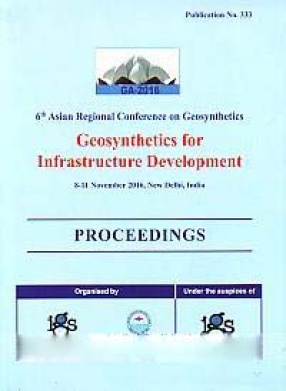
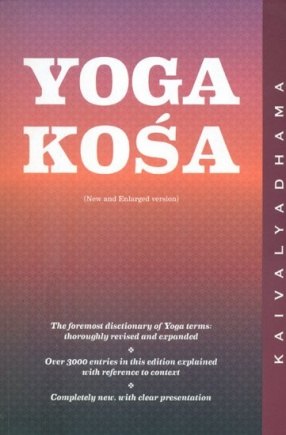
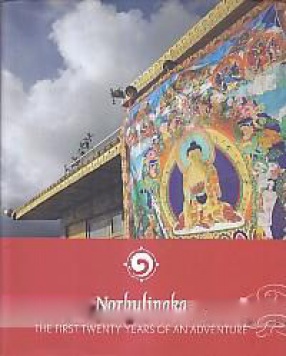


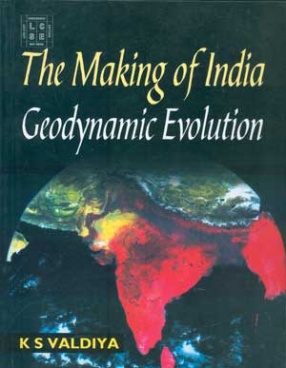
There are no reviews yet.